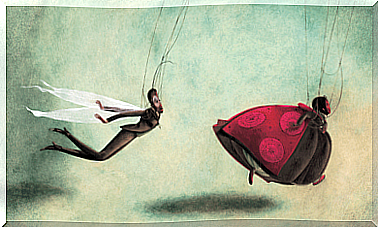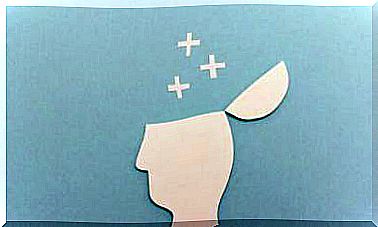Keys To Managing Passive-aggressive Behavior

Passive-aggressive behavior is one of the most problematic. Whether we are the ones who present it or if it is someone from our environment, this way of acting prevents or supposes a significant obstacle to taking care of the relationship with the people who are the target of this behavior.
Therefore, learning to manage passive-aggressive behavior is essential. In this article you will learn, on the one hand, to recognize this way of acting. On the other hand, you will discover several keys that will help you face it. Thus, when you meet someone who behaves like this, you can understand what is happening and act accordingly.
What is passive-aggressive behavior?
We all know how to recognize an aggressive person. In general, it is one that frequently uses the attack as an instrument or medium. Aggression can be physical, but also verbal; it can be direct, but it can also be camouflaged. On the other hand, the background of the aggressiveness can exist several reasons, such as anger, stress or anxiety.
Understanding this, we can say that a passive-aggressive person would not be able to face something that he does not like directly. However, he would not be able to contain all his discomfort either. For this reason, someone like this usually combines moments of self-control with moments of lack of control, in many cases misleading the people around them. If it is an anger, the person can manifest it through discontinuous and aggressive behaviors that show their discomfort.

The problem is that this way of acting is very ineffective in solving problems. For this reason, learning to manage passive-aggressive behavior is essential when it comes to avoiding unnecessary conflicts.
For example, a person with this coping style would never say that they are upset. Instead, they would use indirect behaviors to show their anger, such as stopping talking to someone who has offended them or making snide comments out of the blue. Of course, this would not help at all if the person’s intention was to resolve the conflict. However, this is usually not what you want, but simply to show dislike of a situation.
How to handle passive-aggressive behavior
Here are two keys to dealing with this type of behavior the next time you encounter it. When you master them, you will discover that passive-aggressive people no longer have power over you.
1- Ignore their attempts to get your attention
The most effective way to handle passive-aggressive behavior is to ignore its manifestations – failing that, not reinforce them (or reinforce alternatives). The person who acts like this seeks, fundamentally, attention. Therefore, if he sees that he does not affect how he behaves and that you are not going to listen to him in any way, he may begin to speak to you more directly.
In psychology, it seems that what we are looking for is the extinction of behavior. Going back to the previous idea, the passive-aggressive, by making sarcastic comments or “giving someone a shit”, can get reinforcement for their behavior.
As we say, this reinforcement from the outside may not seem so; nobody would think that a row or an argument could be; however, it is if the other person has no other way of attracting attention in their behavioral repertoire. That is why in these cases it is so important to carry out pedagogical work.
2- Use assertiveness
Assertiveness has become very fashionable lately; but the truth is that it is very useful to solve a multitude of problems and unpleasant situations. In the case of managing passive-aggressive behavior, it can become one of your greatest allies.
So the next time you find yourself in front of a person who acts in this way, ask them directly what is happening to them. The key to this approach is that you must remain calm in the discussion that will surely follow. When someone passive-aggressive is challenged in this way, they will tend to “go on the attack” and express what is bothering them.

Thus, with the cards on the table, it will be easier to resolve a conflict that would otherwise have remained latent. Like that china in the shoe, it would have continued to cause discomfort without you being able to understand why the other was behaving like this. In this way, provoking his speech, you acquire valuable information to solve the conflict, in addition to completing the pedagogical work of which we spoke before. The other will know, through you, that there is another way to manage anger, sadness or stress.









